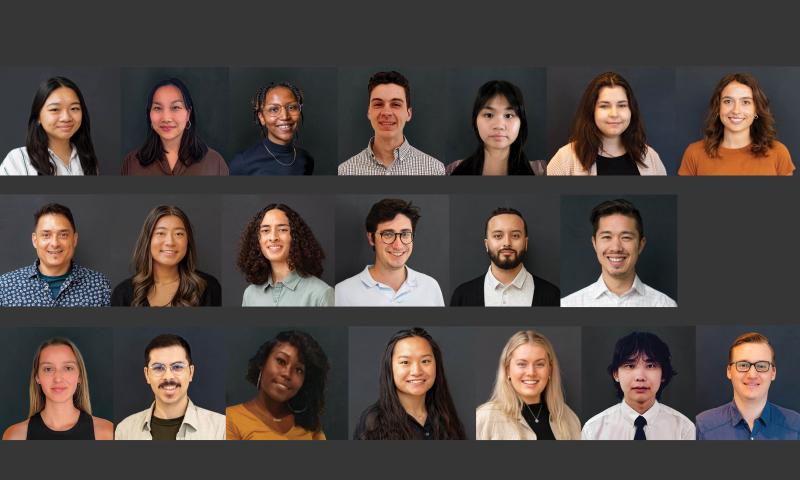Community Environments
Lobby Renovations

Located in Washington Heights, the renovation of three residential lobbies focused on providing improved accessibility and updated finishes to better serve current and future tenants. MG2 worked to create a recognizable design for the client to help set a consistent standard across their many properties. Pulling inspiration from Art Deco style and the original detailing of the pre-war building, the design pairs custom ironwork and natural marble floors with wood accents and a light color palette.

-
Project Details
- Multiple Locations in NYC, NY
- Royal Charter Properties
- Interiors
- 2,500 SF
- Architecture






























